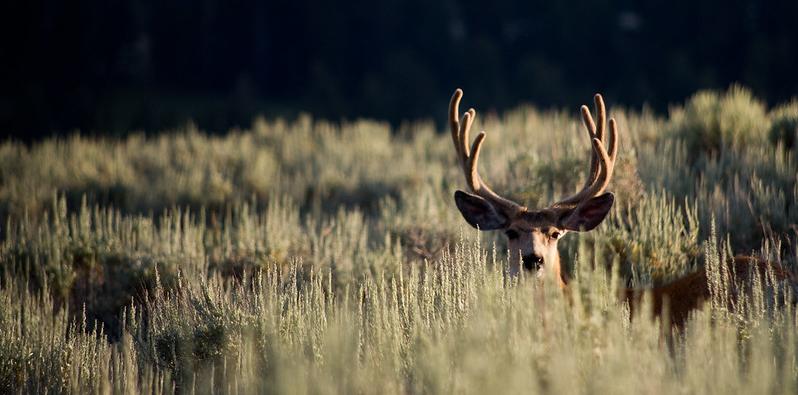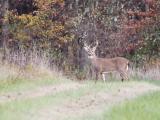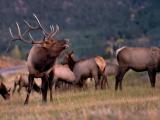Montana Fish, Wildlife, and Parks (MFWP) recently announced that chronic wasting disease (CWD) was detected for the first time in region 2, which involved a mule deer buck harvested by a hunter just west of the city of Deer Lodge.
In a November 22 statement, MFWP said the first tests on a sample for the deer indicate suspected CWD, which is considered a positive test that requires further confirmation. Officials said CWD is present in various Montana regions, but the closest prior detections were about 100 miles southeast of the latest detection, which is in hunting district (HD) 213. CWD was first found in Montana in 2017.
"Hunters in HD 213 and nearby areas are particularly encouraged to submit samples in the remaining days of the general hunting season. Surveillance will also continue in 2024 to understand more about disease prevalence in this area and other parts of the state," MFWP said.
CWD is a fatal neurologic disease caused by prions, similar to bovine spongiform encephalopathy ("mad cow" disease). It affects deer, elk, and other cervids. Though no human cases have been detected, health officials urge people to test animals before eating the meat, avoid eating the meat of infected animals, and to take precautions when field dressing or butchering animals, especially in areas where CWD is known or suspected to be present.
Minnesota reports CWD in new deer permit area
In other CWD developments, the Minnesota Department of Natural Resources (DNR) said yesterday that CWD has been detected in an adult male deer harvested by a hunter near Wabasha in southeastern Minnesota. The deer was from a new deer permit area added to the southeastern Minnesota surveillance zone last year in the wake of the CWD detection in a wild deer in neighboring Buffalo County, Wisconsin, in 2022.
The detection prompts 3 years of mandatory testing to determine the prevalence of CWD in the surveillance region where the deer was harvested, plus in neighboring regions.
Erik Hildebrand, Minnesota DNR wildlife health supervisor, said the new detection is unwelcome news but highlights the importance of disease surveillance efforts. "We truly appreciate hunters' help in combatting CWD by getting their deer tested for CWD when required and complying with carcass movement restrictions. Results of these efforts help limit disease spread and protect the health of Minnesota's white-tailed deer," he said.





















